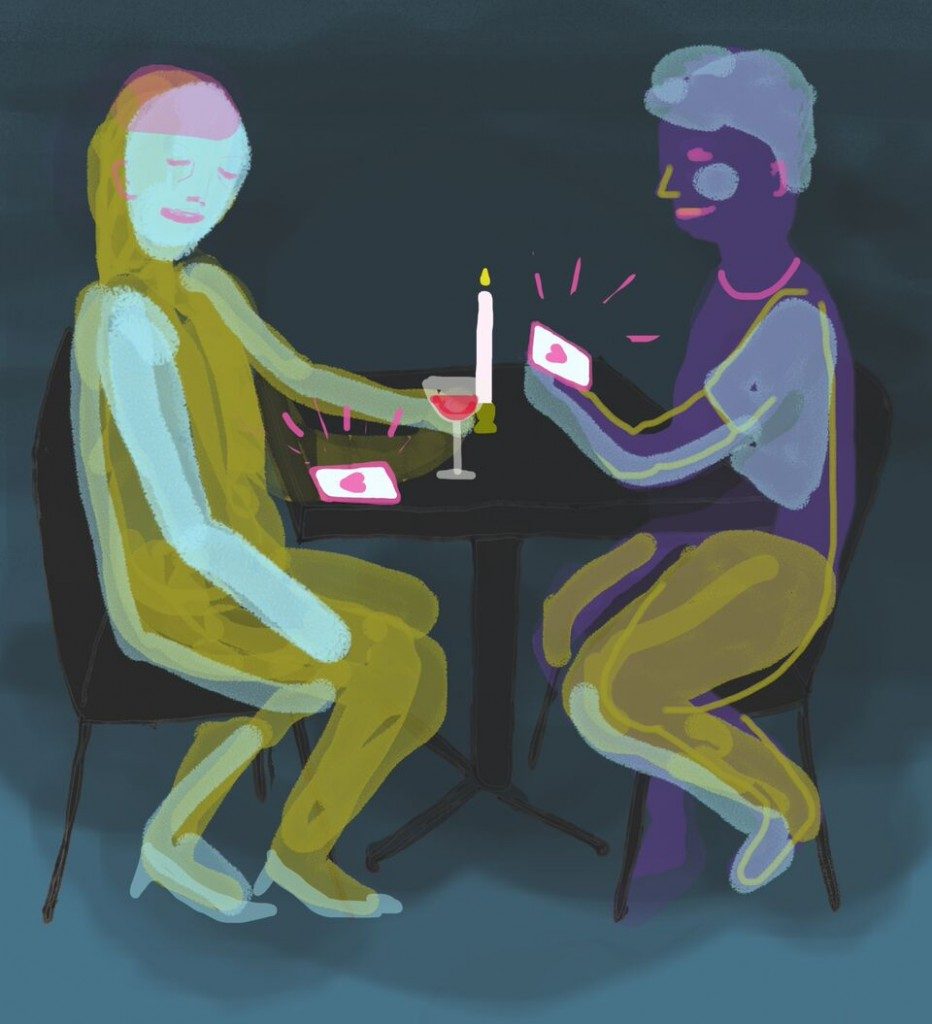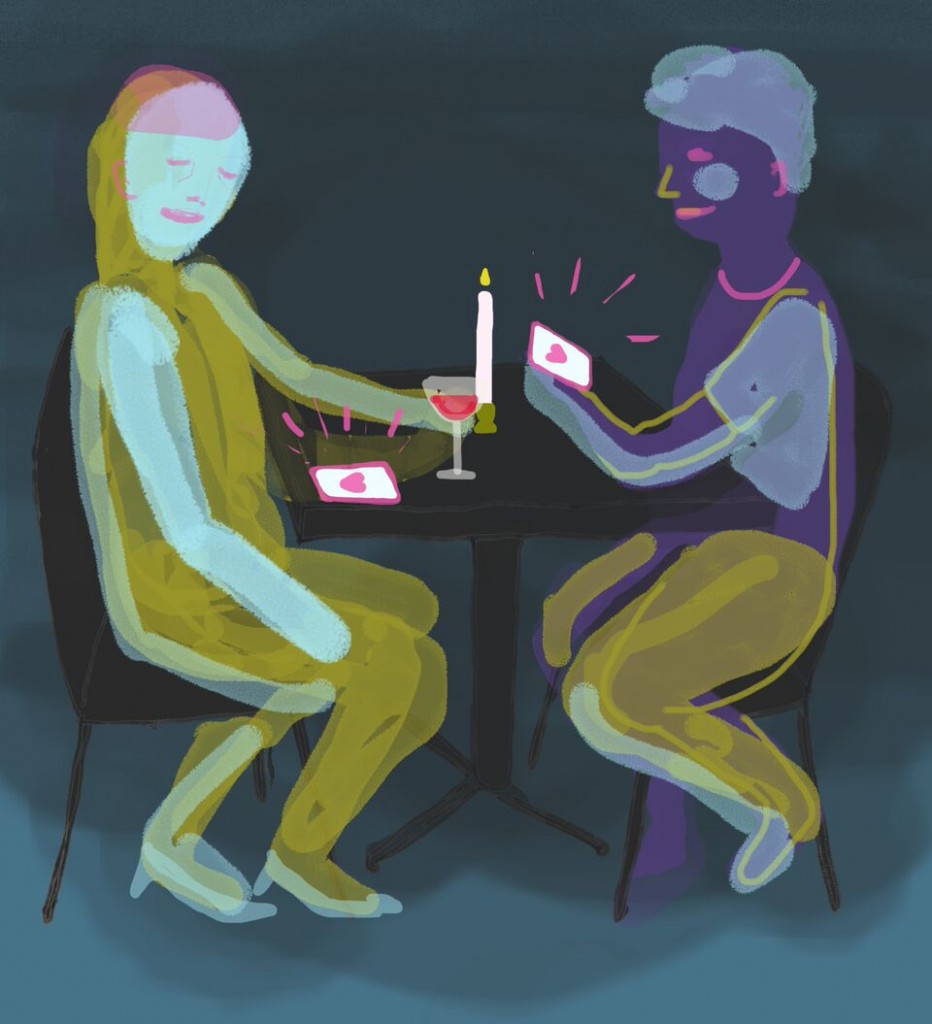
Ethical non-monogamy is complicating Tinder
By Jillian McMullen, Staff Writer
Tinder is arguably the most popular way for millennials to meet other singles in their area, and I, like most 23-year-old single women, casually use the app. According to their website, Tinder records 1.6 billion swipes a day, which result in 1.5 million dates a week. Most of these are planned in the “traditional” style, with one romantically unattached person meeting another romantically unattached person in the hopes that a connection can be formed.
However, while trying my hand at scoring one of those 1.5 million dates, I’ve noticed an increase in “couples profiles.” Each time I come across one of these profiles, an identical chain of events usually occurs. The first picture is usually just of one attractive person. So, being intrigued, I swipe through the rest of their pictures. This is when I notice that person affectionately embracing another specific person in each of their other pictures. I consult their profile, finding the typical list of basic personal facts and interests: One guy is a data analyst that’s really into synth music and home-brewing; The would-be actor originally from the East coast thinks Kurt Vonnegut is pretty tight. However, at the end of their lists is an introduction of their partner and a disclaimer of their “ethical-non-monogamy.”
Ethical non-monogamy is an umbrella term that describes any intimate practice in which all parties involved are generally aware of and consent to having sexual relationships with more than one person. This can be something as simple as not being into commitment, to being in a committed relationship with one person, but one that allows for sexual experiences—both together and separate—with other people.
It complicates Tinder mostly in the way that it has deterred people from using the app. Typically, people who don’t use the app abstain because they think it is simply for “one-night stand”-style hookups. Which it, of course, is. Unfortunately, I’ve met several people who cite “not wanting to be a third” as their main reason for avoiding Tinder. I’ve also had some queer friends express their frustration at constantly finding people in heteronormative relationships come up in their feed despite their preference settings.
However, approached without expectations and with clear personal boundaries, Tinder can establish a variety of different relationships. The app simply needs to respond to user input and adapt their algorithms to better suit all those varieties. In the same way that there is a preference setting for “male,” “female,” and “male and female,” the app should offer a similar setting for interested “singles” and “couples.” Hopefully with those type of changes, the quality of those 1.5 million weekly dates accredited to the app will increase.


